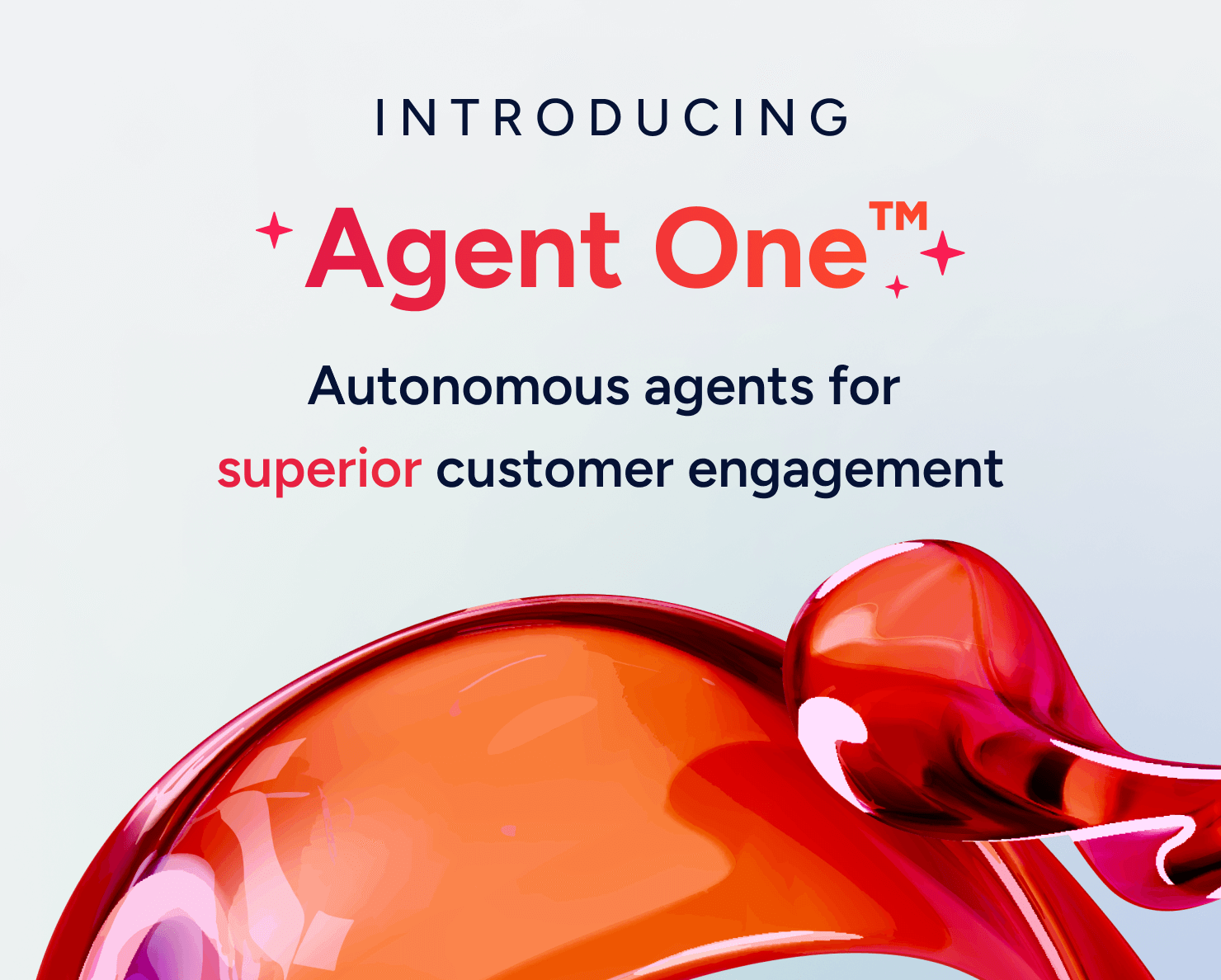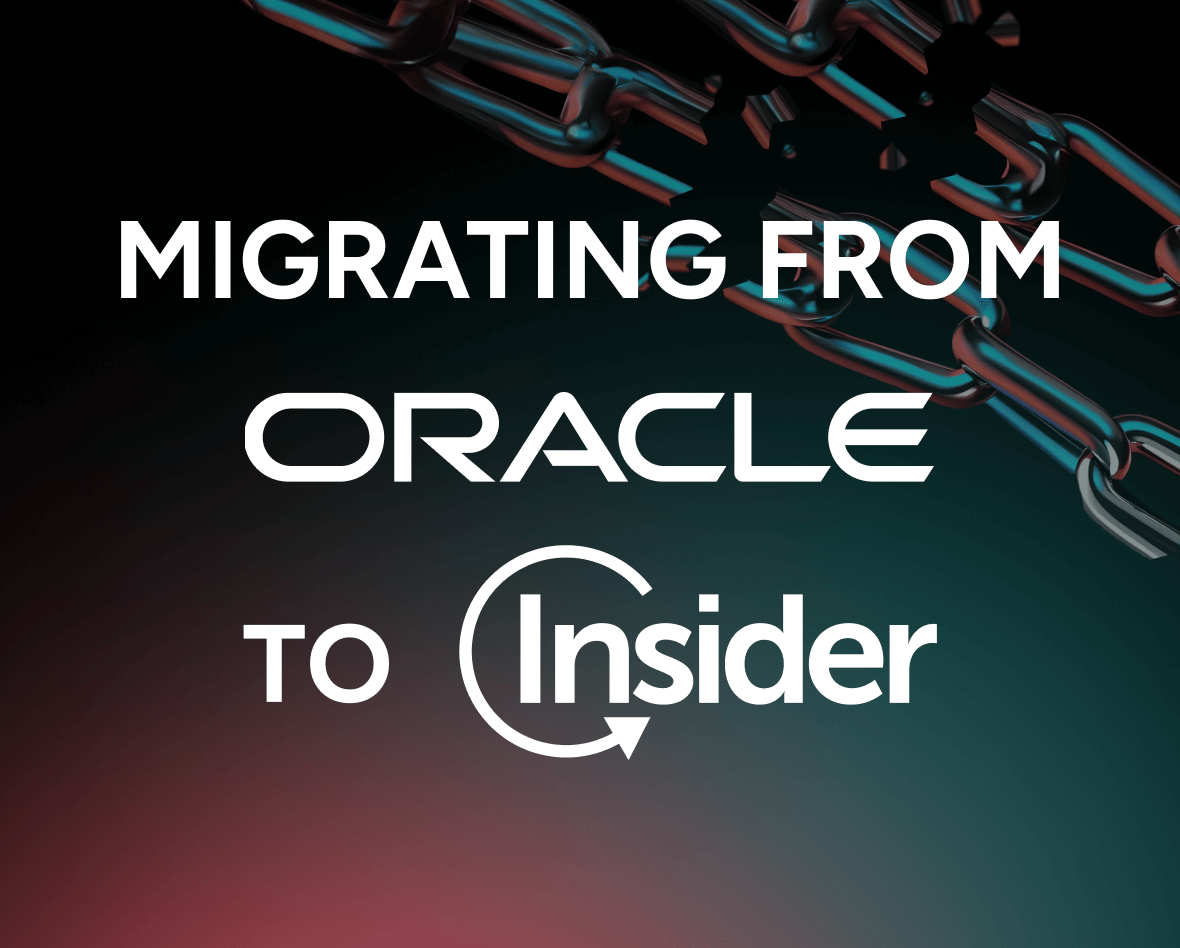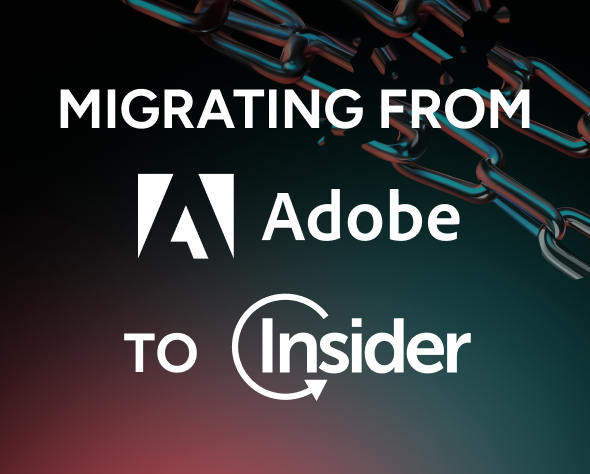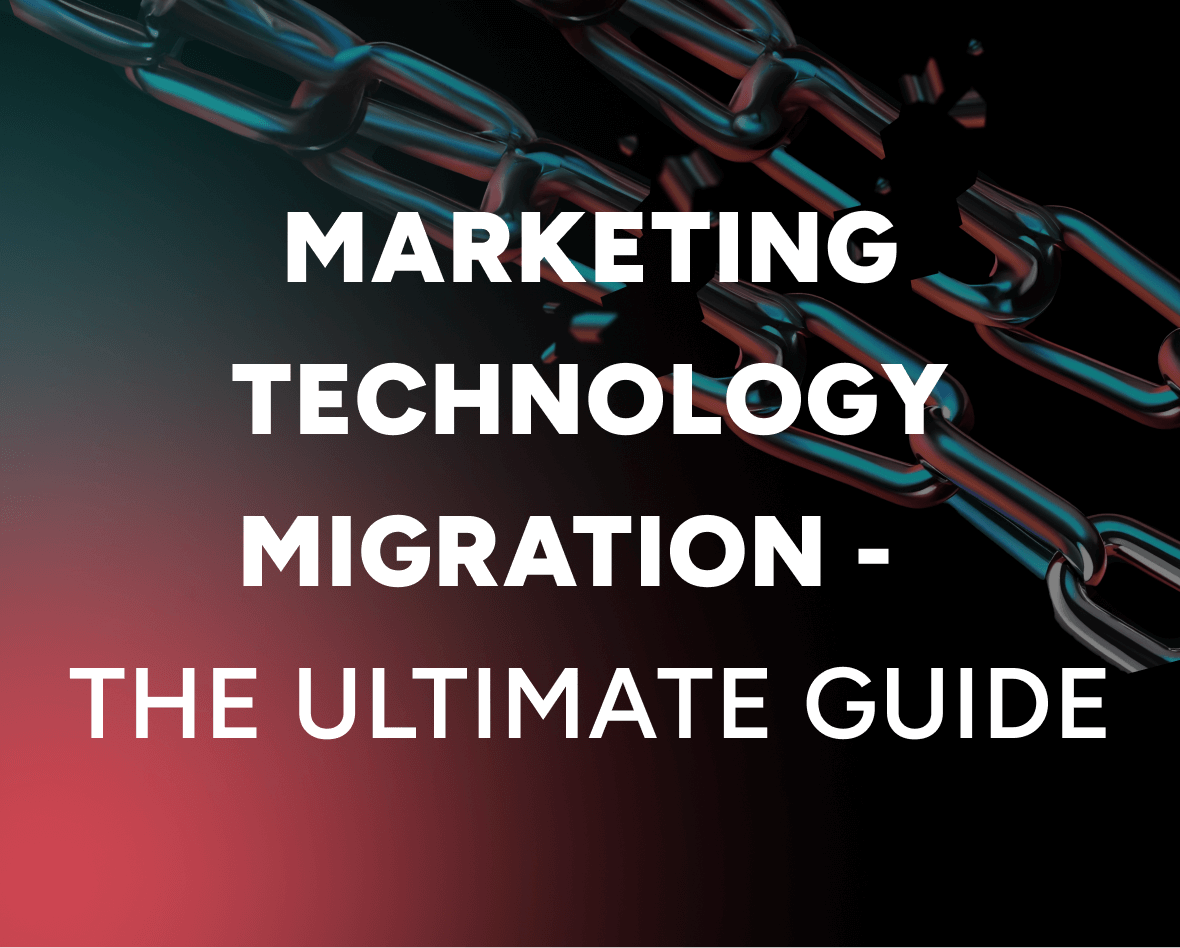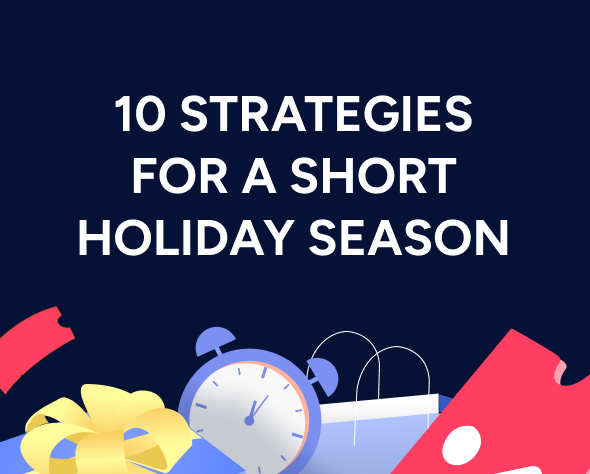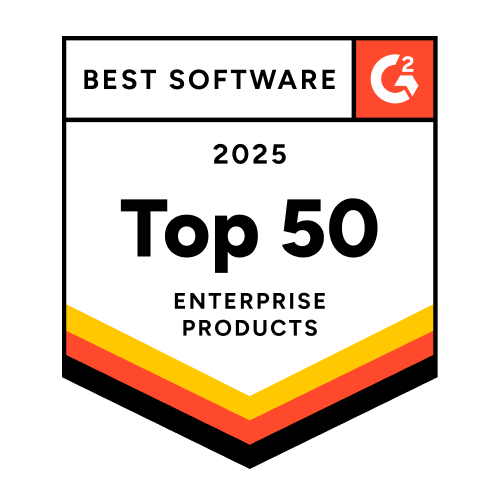Ecommerce personalization strategy
In the late 90s and early 2000s, online shopping was innovative and cutting-edge. But today, ecommerce is no longer novel—it’s the norm.
An impressive 35% of global shoppers make online purchases every week. According to data from Pew Research Center, 76% of American consumers have bought something using their smartphone.
Updated on 30 Jan 2025
And while shopping in-store is still the preferred method among older generations, that’s quickly changing as younger shoppers join the ranks. They’re far more likely to adopt a hybrid approach, where they shop both in-store and online.
Needless to say, selling products online is no longer the competitive differentiator it once was. So with more than 26 million ecommerce sites online, how can you stand out? With a solid ecommerce personalization strategy.
Benefits of ecommerce personalization strategy
Your ecommerce personalization strategy is your plan for tailoring the online shopping experience to specific shoppers based on their history, behaviors, and preferences.
While that might sound like a lot of legwork, modern ecommerce personalization software makes this process far more streamlined and scalable. And it’s well worth it, as there are plenty of notable benefits of personalization in ecommerce.
1. Boost customer traffic and engagement
Personalization can help draw more customers to your online store. In research conducted by HubSpot, personalized calls to action performed 202% better than basic and generic ones.
And when research from McKinsey states that 71% of consumers expect companies to deliver personalized interactions, targeting your content and promotions can also boost customer engagement, making them more likely to stick around—and eventually make a purchase.
2. Improve your customer experience
Customers don’t want to feel like another number in a long line of customers. They want to feel like your brand is invested in serving them and personalization goes a long way in improving the ecommerce customer experience.
Tailored landing pages, targeted ads, and curated messages on preferred channels help your customers feel seen, valued, and understood. Plus, personalization also makes the shopping experience more streamlined, friction-free, and convenient, factors that 87% of Millennials say impact their decision-making.
3. Enhance customer loyalty and retention
A smooth customer experience and higher engagement translate to better customer loyalty and retention. When customers have a positive experience, they’re 4.3 times more likely to trust a brand, 5.1 times more likely to recommend them, and 3.5 times more likely to purchase from them again.
Customer loyalty can be hard to cultivate when shoppers have so many online options, but it’s crucial. For most brands, their loyal customers make repeat purchases and also become their biggest influencers and advocates who enthusiastically recommend the company to others.
4. Tap into data-driven insights
To personalize experiences effectively, you need a deep understanding of your customer. Fortunately, 83% of consumers say they’re willing to share their data if it means a more personalized shopping experience.
By allowing shoppers to voluntarily share this information, ecommerce brands can benefit from insights into the:
- Types of products their customers favor
- Purchasing habits of customers
- Motivations for buying
Those are insights you can use to improve your ecommerce personalization strategy and, as a direct result, your customer experience.
5. Gain a competitive advantage
Ecommerce can feel oversaturated, which means competition is fierce. Many brands attempt to differentiate on price, but dipping too low can cut into your margins and threaten your business’ sustainability.
Offering a personalized shopping experience helps you gain a competitive edge in the market, while simultaneously boosting your profits.
6. Increase conversions and revenue
Add all of the above benefits together and you get better conversions and increased revenue. Personalized experiences lead to more sales by:
- Converting more leads with targeted content, producing a 20% increase in sales opportunities
- Guiding customers through the sales process with tailored recommendations and tailored ecommerce site search to help them find what they need
- Reducing bounce rates with content that’s tailored to visitors based on their device, location, preferences, past behavior, and more
- Offering real-time triggers to recover carts
- Boosting average order value with personalized offers
Put simply, personalization improves the shopping experience. And when it’s easier for customers to make it through to the checkout, they’re more likely to do so.
What are the types of personalization in ecommerce?
Personalization goes beyond inserting a customer’s first name or another variable into an email. Today, it’s about delivering truly unique one-on-one experiences for every shopper across their buyer journey—and that involves different types of personalization in ecommerce.
There’s no shortage of ways you can categorize your personalization efforts. For example, you could break them apart by channel or method, such as email personalization, on-site personalization, search personalization, and more.
Or you could use segmentation to break out your ecommerce personalization use cases by the type of customer. For example:
- First-time visitors: Make the right first impression with an intuitive experience, easy navigation, and relevant product recommendations. Track data like pages viewed, time spent, items wish-listed or added to cart, or exit intent to trigger engaging experiences in real-time.
- Returning visitors: For customers that are already familiar with your brand and your website, personalization can enhance their experience. By analyzing previous purchases, browsing history, lifetime value, discount affinity, past engagements, and more, your website can provide personalized search results, tailored recommendations, customized discounts, and exclusive offers.
- Privacy-conscious: A lot of personalization hinges on customer data. But for customers who are cautious and opt out, turn to signals that rely on contextual data (like device type or page URL) and don’t contain customer information.
Ultimately, there isn’t one right way to define the types of personalization in ecommerce. You could categorize strategies based on channel, method, goal, customer, or other criteria. The most important thing is that your ecommerce personalization strategy is organized in a way that makes sense to you.
7 best ecommerce personalization strategies in 2025
Looking for some specific strategies and ecommerce personalization examples to inspire you? Here are seven ways to get started with personalization for your ecommerce brand—and how Insider can help.
1. Gamify your lead collection
Give your anonymous customers a compelling reason to become known by engaging them with interactive and gamified experiences, tailored specifically to them.
For example, beloved brand, Puma, was struggling with low lead collection. After implementing gamified overlay templates—like a spin-to-win discount—Puma experienced an impressive 231% uplift in lead submission rate.
2. Boost product discovery with immersive experiences
Today’s customers crave a fun and snackable storytelling format, which is why short-form video outlets like TikTok, Reels, and Instagram Stories have become so popular. With Insider’s InStory, you can capitalize on that interest and get more eyes on your products in the social media story-based format your customers are comfortable with.
Cosmetics company, MAC, used InStory to showcase its best-selling and trending products, along with festival and seasonal offers in an immersive, fullscreen, Instagram-like experience. As a result, the brand experienced a 123.5% increase in mobile CVR, a 7.28% increase in AOV, and a 29% click-through rate.
3. Drive opt-ins for beloved channels
One of the best strategies is to meet your customers where they already are (or where they want to be). With Insider’s assortment of engaging and compliant opt-in collection templates, you can drive more opt-ins for the channels your customers love directly from your website or app.
4. Increase your AOV with a purchase progress bar
Encourage customers to achieve certain thresholds to unlock rewards—such as free shipping, additional discounts, or loyalty rewards. Include a purchase progress bar to entice them to increase their order value.
That’s exactly what the technology company, Philips, did. The progress bar reminds customers of the current value of their cart and how much more they need to add to access free shipping. It’s information that’s both personal and compelling, as evidenced by the 35.17% uplift in AOV Philips experienced.
5. Improve your timing and conversions
Timing is everything, but you don’t need to leave it up to chance. Inspire a sense of urgency using timed promotions and countdowns. Improve basket-building speed with recommendations and slide-to-add-to-cart options. Or increase your checkout rates with floating carts, cart reminders, discounts, and coupons.
These perfectly-timed nudges make customers feel like you’re in-tune with their unique shopping journey and able to deliver what they need exactly when they need it. Sport material retailer, Forum Sport, added an incentives countdown timer to the home page and observed an immediate 20% uplift in conversions.
6. Trigger real-time updates
Little feels more personal than keeping your customers in the loop on products they’ve already expressed interest in. Set up product catalog-based triggers to let your customers know when the products they visited or wishlisted or back in stock. Or give them a heads up when the price has dropped using web push notifications.
The Body Shop used Insider’s web push to trigger these notifications and saw a conversion rate uplift of 14.4% and a 12X uplift in ROI.
7. Collect zero-party data
Collect zero-party preference data right within your emails so you can use those insights to tailor future recommendations. This sort of ecommerce email marketing doesn’t need to be clunky with Insider’s AMP-powered interactive emails.
You can create engaging email experiences that allow users to take action right within the email without more clicks, scrolls, and redirects.
8. Promote repeat purchases
From skincare to pet food, there are plenty of products that need to be bought routinely. Help your customers stay on top of those repeat purchases with replenishment reminders that are perfectly timed to when their previous purchase is likely running low.
You can send these reminders both on-site and off-site to drive them to the checkout and save them the hassle of their favorite products running out.
AI-powered ecommerce personalization strategy
You can’t talk about ecommerce personalization without talking about the role of AI. Customers are optimistic about the technology, with 73% of them believing that AI can have a positive impact on their customer experience. Here are a few ideas to make the most of AI ecommerce personalization.
- Product recommendations: Provide AI product recommendations at every step of the buying journey. Leverage more than 20 recommendation strategies to deliver targeted product recommendations across your store website or app. You can also deliver recommendations to other channels like WhatsApp, SMS, and more to deliver a well-connected experience.
- NLP-powered site search: Simplify your ecommerce site search to help customers quickly find what they’re looking for. Personalize search results based on past and predicted behaviors and offer AI-led search results and recommendations to help them discover products faster.
- Audience discovery and predictive targeting: Leverage deep AI-powered segmentation based on predicted user behavior, personal interests, and more to deliver experiences that drive higher ROI.
- Generative AI segments: Discover profitable segments up to 30 times faster with generative AI. Just input your use case and expected outcome to create ready-to-use segments for your business goal—whether it’s engagement, conversions, or both.
- Auto-winner selection: Want to optimize your A/B test for ecommerce personalization? Authorize AI to select the winning buyer path or campaign variation and direct all users there automatically based on your business goals.
- Send time optimization: Reach your shoppers at the time when they’re most likely to click. Trigger deliveries based on an AI-backed algorithm that relies on engagement history.
E-commerce Personalization is pivotal
Today’s consumers aren’t content with generic, copy-paste customer journeys. They want experiences that are targeted to them. When they get that level of personalization, they’re more likely to complete a purchase, recommend a brand, and express loyalty.
If they can’t find it with your ecommerce brand? Well, they’ll look elsewhere. It’s proof that, for ecommerce brands that want to remain competitive, personalization isn’t a nice-to-have—it’s a non-negotiable.

